No one really minded the cold. It didn’t seem to affect the kids at all, who before the start of the annual car-menorah parade on Saturday night in Philadelphia were running back and forth next to the growing lineup that included spacious family vans, tiny Smart cars and a mini yellow school bus filled with yeshivah students, singing and dancing while they waited for the procession to begin.
The motorcade of nearly 150 cars began inching down the Benjamin Franklin Parkway nearly 20 blocks to Independence Mall, led by a festive float that blasted Chanukah music along the way. Folks on the sidewalks waved and clapped as the Chabad-sponsored car line snaked its way eastward, past the flags of different countries that adorn the boulevard, past five-star hotels, past restaurants and shops, and City Hall.
People parked their cars—with menorahs of different shapes and sizes attached to the roofs—and filed to the site of the lighting of a 32-foot public menorah. Jelly doughnuts were doled out to the crowd as they listened to Chanukah music, watched a juggler perform, did a little dancing to keep warm as the temperature hovered around the freezing point.
Rabbi Abraham Shemtov—regional director of Chabad-Lubavitch in Philadelphia and chairman of Agudas Chassidei Chabad, the umbrella organization of the Chabad-Lubavitch movement—took some time to greet families and speak to friends before stepping into a cherry picker to light the fifth candle of the eight-day holiday.
Assisting him was Ruben Amaro Jr., a Northeast Philadelphia native, former baseball player and now general manager of the Philadelphia Phillies.
Shemtov noted that 40 years ago, back in 1974, he first set a small wooden menorah there, fashioned with the help of yeshivah students. A replica of that first Chanukah symbol stood right near the enormous one he was about to ignite.
And then, with all heads turned to the sky, the rabbi lit the candles, noting how the tradition of public menorahs, so common all over the world in the 21st century, started right there—religious freedom of expression at the very spot where the nation’s freedom was formally declared.

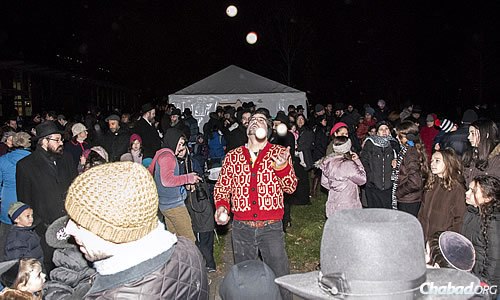

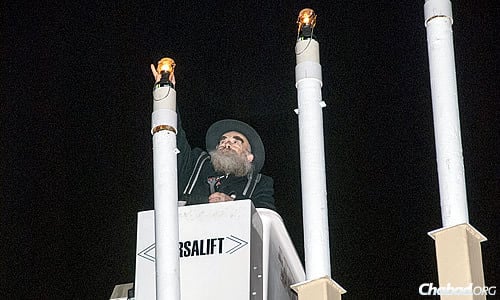

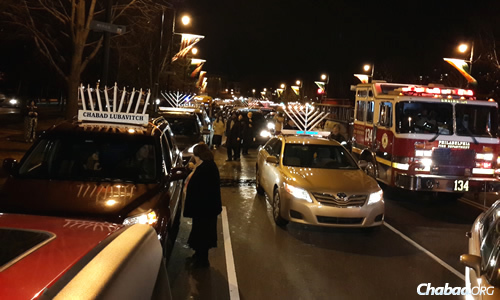

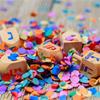
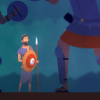
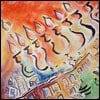


Join the Discussion